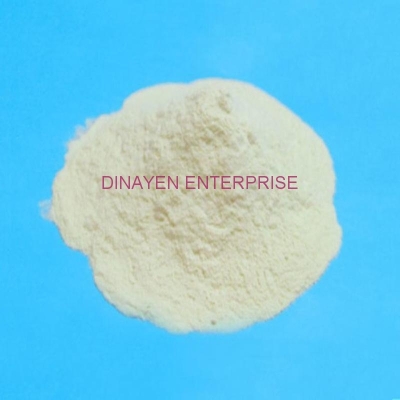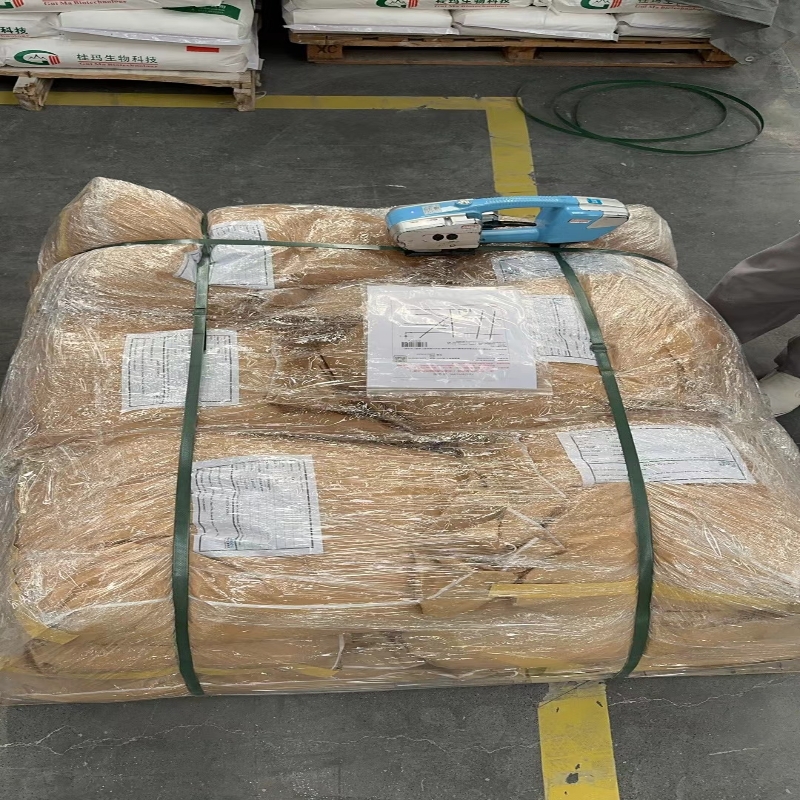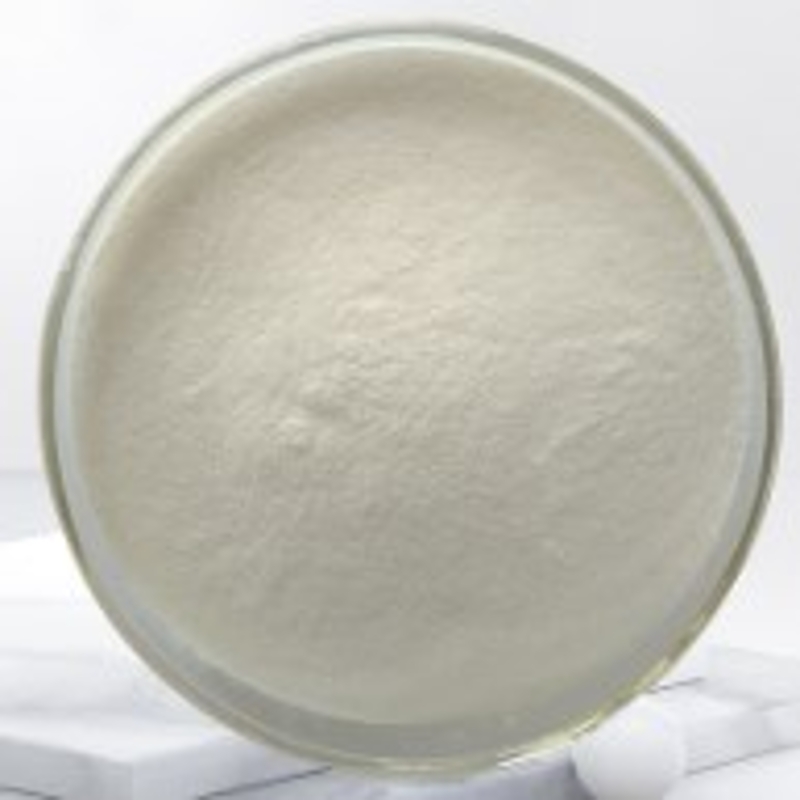What can be used as desiccant
-
Last Update: 2017-05-25
-
Source: Internet
-
Author: User
Search more information of high quality chemicals, good prices and reliable suppliers, visit
www.echemi.com
Introduction: desiccant mainly includes quicklime, desiccant, montmorillonite desiccant, active mineral desiccant and silica gel desiccant, which are common desiccants In recent years, the application of desiccant is more and more extensive, including the addition of desiccant to food, or the addition of desiccant to medical health care, and the addition of desiccant to optical instruments The main purpose of desiccant is to prevent moisture, to make products more dry, and to reduce certain moisture So what can be used as desiccant? What are the hazards of desiccant? Let's introduce it through the small edition of Baibai safety net 1 According to the state, it can be divided into solid desiccant and liquid desiccant: common solid desiccant are: alkali lime, NaOH solid, calcium oxide, solid phosphorus pentoxide, anhydrous calcium chloride, anhydrous copper sulfate common liquid desiccant are: concentrated sulfuric acid, concentrated phosphoric acid 2 According to the acid-base nature of desiccant, it can be divided into acid desiccant, neutral desiccant and alkaline desiccant Acid desiccant: concentrated sulfuric acid, concentrated phosphoric acid, phosphorus pentoxide neutral desiccant: anhydrous calcium chloride, anhydrous copper sulfate alkaline desiccant: alkali lime, calcium oxide, solid NaOH and other problems that should be noted in use: (1) acid desiccant can not dry alkaline gas, such as phosphorus pentoxide can not dry ammonia gas; (2) Alkali desiccant can't dry acid gas: for example, alkali lime can't dry hydrogen chloride, hydrogen sulfide, etc.; (3) strong oxidizing desiccant can't dry reducing gas: for example, concentrated sulfuric acid can't dry hydrogen sulfide, hydrogen iodide, hydrogen bromide; (4) anhydrous calcium hydride can't dry ammonia gas, The anhydrous copper sulfate can not dry hydrogen sulfide, copper sulfide precipitation, ammonia gas, copper hydroxide C precipitation, and further copper ammonia complex ion To sum up, "what can be used as desiccant" will be mentioned here today The above points are all about the ingredients of desiccant You have a preliminary understanding of desiccant, so you want to know the harm of desiccant and what to do if children eat desiccant by mistake Wait, we will continue to explain some of these related issues to you in the future To learn more about food additives and food safety, you can directly log in to Baibai safety net Editor in charge: he xianrob
This article is an English version of an article which is originally in the Chinese language on echemi.com and is provided for information purposes only.
This website makes no representation or warranty of any kind, either expressed or implied, as to the accuracy, completeness ownership or reliability of
the article or any translations thereof. If you have any concerns or complaints relating to the article, please send an email, providing a detailed
description of the concern or complaint, to
service@echemi.com. A staff member will contact you within 5 working days. Once verified, infringing content
will be removed immediately.







